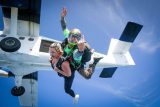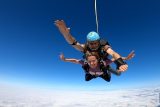Skydiving Altitudes Explained
Blog
 Posted by: Curtis White
3 years ago
Posted by: Curtis White
3 years ago
When it comes to skydiving, altitude is everything. Why does skydiving height matter so much? Because it determines the amount of thrilling freefall you’ll get to enjoy, of course! With this in mind, you may be surprised to learn that skydiving height is not a uniform number across the board. In fact, throughout the industry, skydiving altitudes can range from 3,500 feet right on up to 18,000 feet!
Let’s explore the minimum and maximum and everything in between! Here are the skydiving altitudes explained!
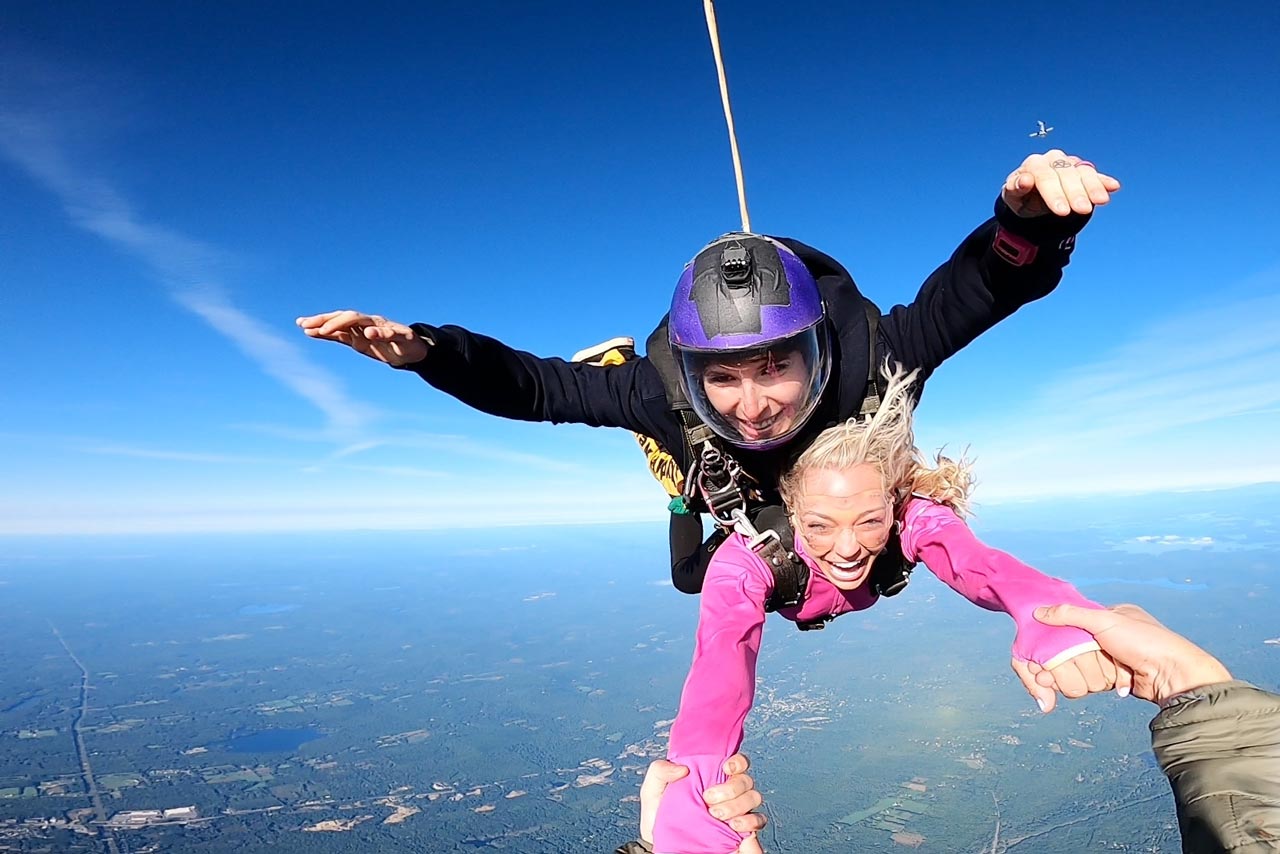
The Relationship Between Skydiving Altitude and Aircraft
Generally, the determining factor for skydiving altitude is the type and size of the aircraft being used for jump operations. At the majority of skydiving dropzones in the United States, the aircraft utilized is the trusty Cessna-182. Considered the workhorse of the industry, the Cessna-182 is an efficient, single-engine aircraft. Reliable and well-made, the Cessna-182 is an economical choice for many smaller dropzones, but it does have its drawbacks. The two primary caveats of the Cessna-182 is that it is small (it can only seat four jumpers in addition to the pilot) and reaches an efficiency ceiling of around 10,000 feet. For the aircraft to go any higher, it requires an unsustainable amount of time and fuel.
Within our fleet at Skydive New England, we are proud to have our own venerable Cessna-182, as well as a trusty Cessna 206, but the pride and joy of our collection is the enviable jewel of the skydiving industry, a 22- 22-passenger Super Otter!
The Super Otter is a beauty of a turbine aircraft with the necessary power to routinely take our jumpers to an impressive 14,000 ft skydiving height. But that’s not all! In addition to the extra altitude, the Super Otter also affords its passengers a roomy, swift ride—often reaching skydiving altitude in about 15 minutes.
How Skydiving Altitude Affects Your Experience
The higher the skydiving altitude, the longer you get to spend in freefall! Time flies when you’re having fun, so why not enjoy a little extra?
From a skydiving altitude of 10,000 feet, you will experience 35-40 seconds of freefall time and around a four to five-minute canopy ride. From the skydiving height of 14,000 feet, you can expect to enjoy a full minute of thrilling freefall followed by a four to five-minute canopy ride!
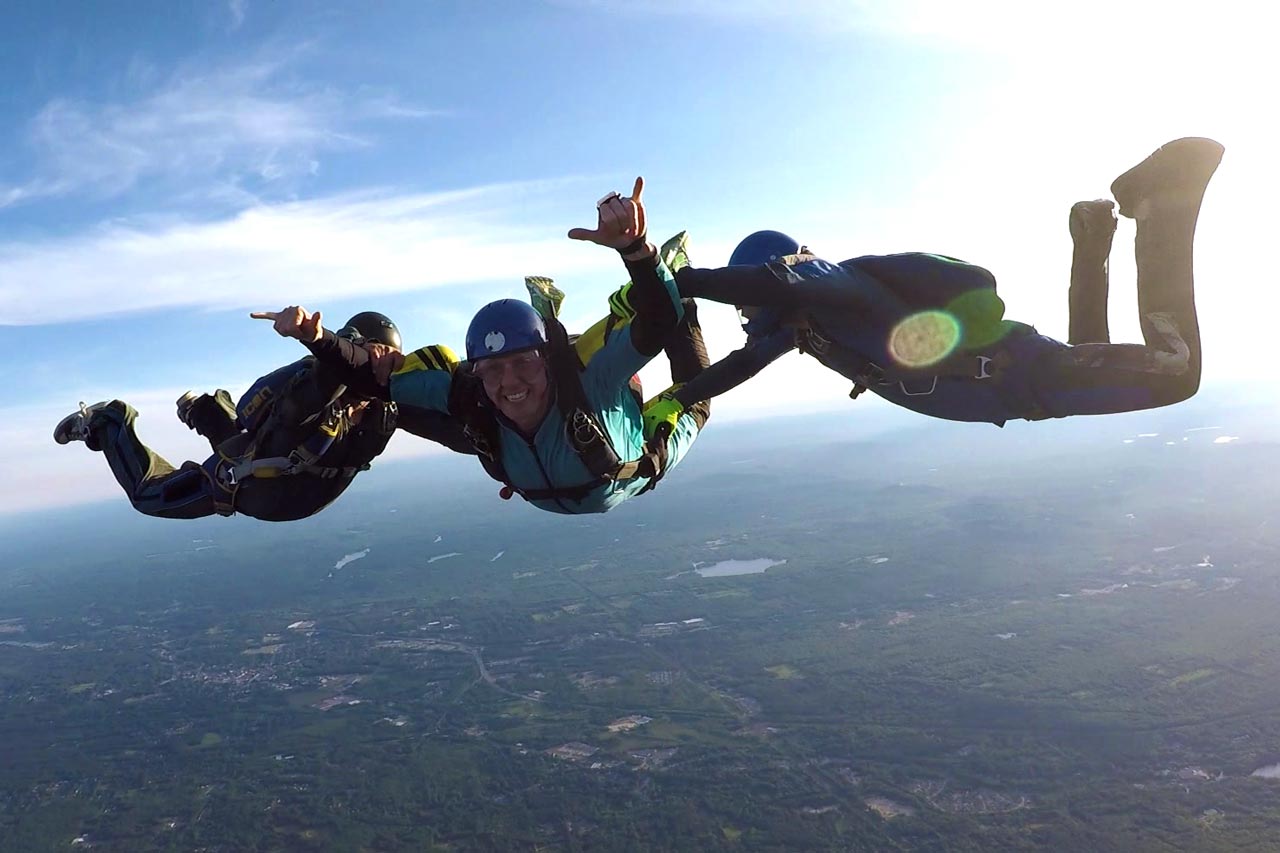
Minimum Height For Skydiving
For licensed skydivers, the minimum height for skydiving is around 3,500 feet. For tandem skydivers, the minimum height for skydiving is quite a bit higher. Because of the type of parachute used and the additional weight, to maintain an adequate buffer of altitude in the event of an emergency, the minimum height for tandem skydiving is around 8,000 feet.
Maximum Height For Skydiving
Technically, there is no exact maximum height for skydiving, but in general, high-altitude skydives are completed from 17,000-18,000 feet. At this altitude, the air is less densely saturated with oxygen, and so it should be noted that any skydives completed above 15,000 feet require supplemental O2. Furthermore, because of the additional equipment required, these HALO (high altitude low opening) skydives generally have a hefty price tag.
Skydiving Altitude At Skydive New England
At Skydive New England, we jump from an altitude of 14,000 feet, giving you a wondrous minute of freefall fun and a scenic four to five-minute tour of the Maine countryside.
Ready to Fly?
Reach new heights with Skydive New England and book a tandem skydive today!
Enter to Win a Free Skydive
Join our email list and enter to win a free tandem skydive. Drawings in April and December; winner announced on social media.
You’ll get a $10 coupon toward a tandem just for signing up! Must be 18 and under 240 lbs to jump.
*By submitting this form, you are consenting to receive marketing emails from Skydive New England, 40 Skydive Lane, Lebanon, Maine 04027. You can revoke your consent by using the SafeUnsubscribe link located at the bottom of every email. Emails are serviced by Constant Contact.
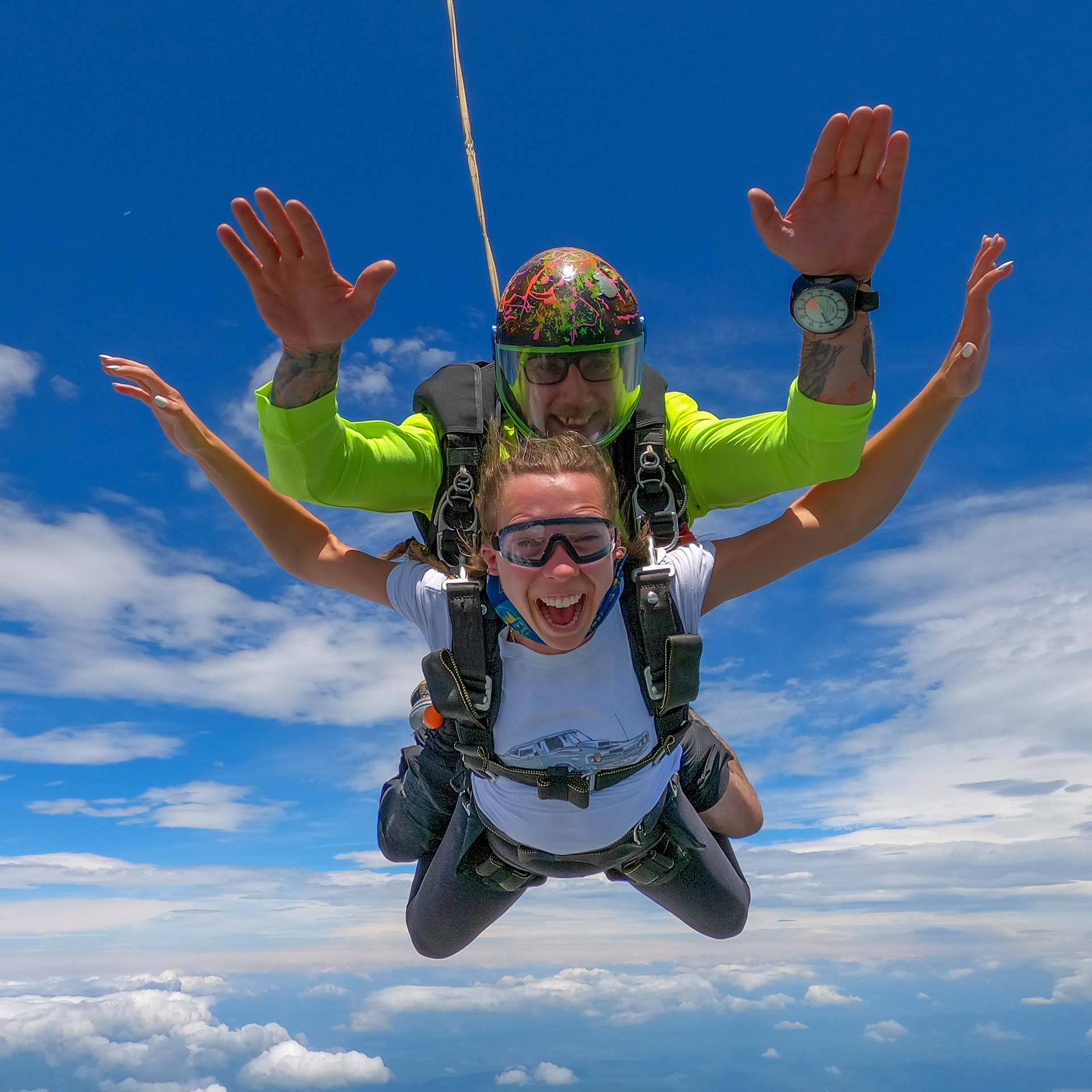
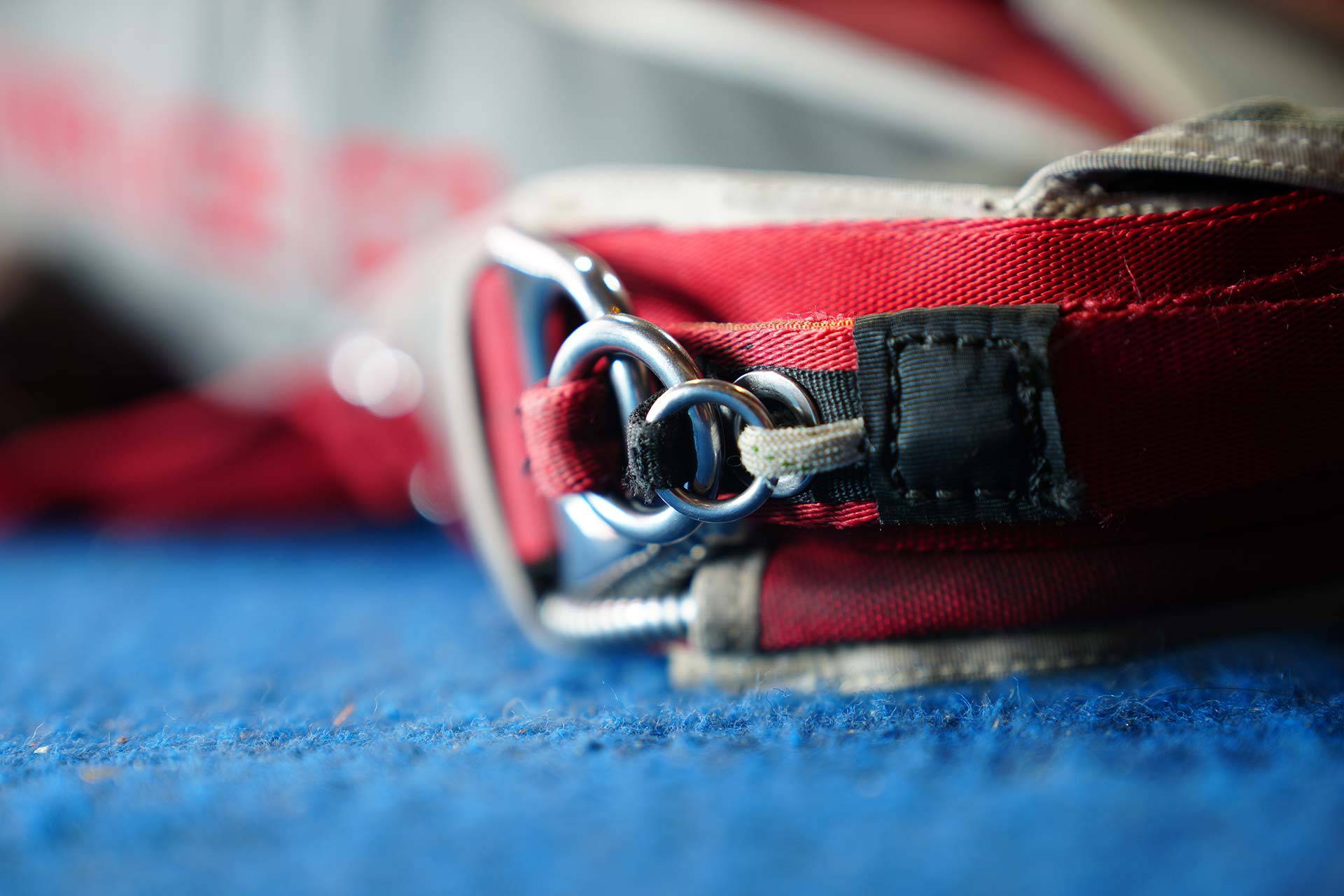
Even More Wicked-Fun Than It Looks!
Come see why the biggest DZ in New England is also the best.

